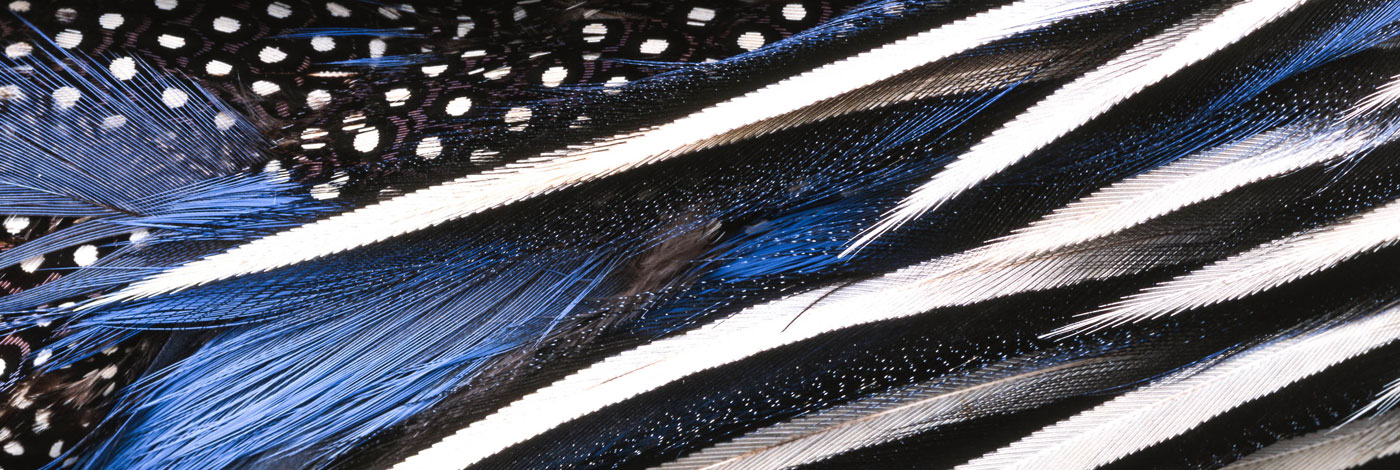
 Zoosystema
34 (4) - Pages 793-824
Zoosystema
34 (4) - Pages 793-824The caenogastropod family Ampullariidae Gray, 1824 is a family of freshwater snails predominantly distributed in humid tropical and sub-tropical habitats in Africa, South and Central America and Asia. They include the largest of all freshwater snails and frequently constitute a major portion of the native freshwater mollusc faunas of these regions. Ampullariid taxonomy is confused, primarily because most species were described on the basis only of shell morphology, which is highly variable within species yet relatively conservative among species within the family. The need for rigorous taxonomic treatment of the group is acute and the basis for such research is comprehensive study of type material. With type material of 56 nominal species-group taxa belonging to the genera Afropomus Pilsbry & Bequaert, 1927, Asolene d’Orbigny, 1838, Lanistes Montfort, 1810, Marisa Gray, 1824, Pomacea Perry, 1810, Pomella Gray, 1847 and Pila Röding, 1798 (31 from the New World, 14 from Africa, 11 from Asia) the Muséum national d’Histoire naturelle, Paris (MNHN), holds one of the largest collections of ampullariid type material, for which we provide this annotated catalogue. To stabilise the nomenclature, we designate lectotypes for 24 species-group taxa. Two new synonymies are established: Ampullaria castelnaudii Hupé, 1857 with Ampullaria insularum d’Orbigny, 1835, and Ampullaria elegans d’Orbigny, 1835 with Helix platae Maton, 1811.
Caenogastropoda, types, MNHN, nomenclature, apple snails, taxonomy, freshwater, lectotypification.